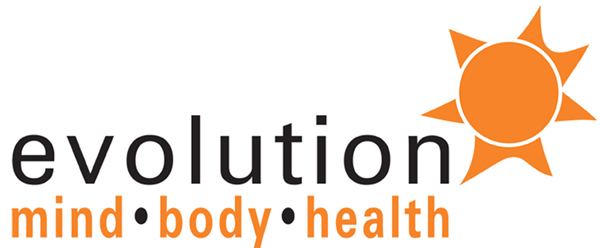One more great reason to maintain your muscles.
Satellite cells don’t get a lot of press. You might not even know what they are, but researchers at the Ottawa Hospital Research Institute have shown how activating satellite cells through exercise improves health and longevity.
Exercise keeps muscles active which maintains satellite cells. Active satellite cells maintain our muscles. It is a positive feedback loop, but inactivity leads to decline and loss of muscle.

Satellite Cells
Satellite cells are a type of stem cell that produce new muscle cells. However, being sedentary causes satellite cells to become dormant. The good news is that exercise activates dormant satellite cells, but if they are dormant too long they fill up with cellular trash. Eventually, unused satellite cells become permanently disabled and can no longer make new muscle cells.
This results in muscle loss.
Muscle loss results in more disease and a shortened life expectancy.
Muscle loss, normally associated with ageing, is more likely caused by inactivity. The researchers conclude that regular exercise, especially after the age of 30, will maintain your ability to make new muscle.
Keep your cellular house clean with regular exercise.

Damaged muscles don’t die
Five months ago I tore 90% of my hamstring muscle. I seriously don’t recommend this. I couldn’t walk for one month and then I could ride a bike (with flat pedals – no clipless) as long as my Sports Medicine doctor said to me, “you do not fall.” The list of things I could not do was pretty long, don’t trip, don’t slide, don’t go downhill, don’t fall, don’t jump, don’t do it again.
The Sports Medicine doctor said something else interesting too. When I went for my appointment he only knew a few things about me. He knew the results of my ultrasound that I had a “functionally complete tear of the hamstring” that I was in my 50s and that I was female.
When I met him he said two things. The first was, “oh you are going to be okay – if you weren’t fit we would be heading into surgery right now.” The second, “Well your summer is over.”
Exercise was highly recommended.
Luckily I could ride a bike, so I did for 3 months. There are two key components to muscle repair. First, have healthy muscle. Two, exercise (modified) after injury makes a difference.
Why exercise?
Satellite cells repair muscles after an injury. Whether the injury is mild, after a particularly hard workout, or an acute trauma, like a torn muscle. Satellite cells get to work and repair muscle tissue. As long as your satellite cells are functioning you can repair muscle tissue.
Satellite cells repair muscle tissue by fusing muscle cells together. If your satellite cells are functioning you can repair damaged muscle. Another great reason to keep active, keeping your muscles healthy means that injury doesn’t have the devastating consequences it could have without the ability to repair muscle.
One more thing
If a health care practitioner ever tells you not to exercise after an injury – run – don’t walk away. Exercise, even after something as serious as a heart attack, is critical for recovery. While the exercise needs to be modified it should be part of your recovery.
Any questions about your exercise program? Send them to me I am always happy to answer them.
Change your mind, change your health,
Shayla
Eat better, live better and feel better.
Do you want to be your best at any age? Tired of feeling old and tired? You can make healthy changes at any age. It is not too late to put yourself on the "to-do list". Start looking better and feeling better right now.
Sign up to start changing how you feel about your age today!


You must be logged in to post a comment.